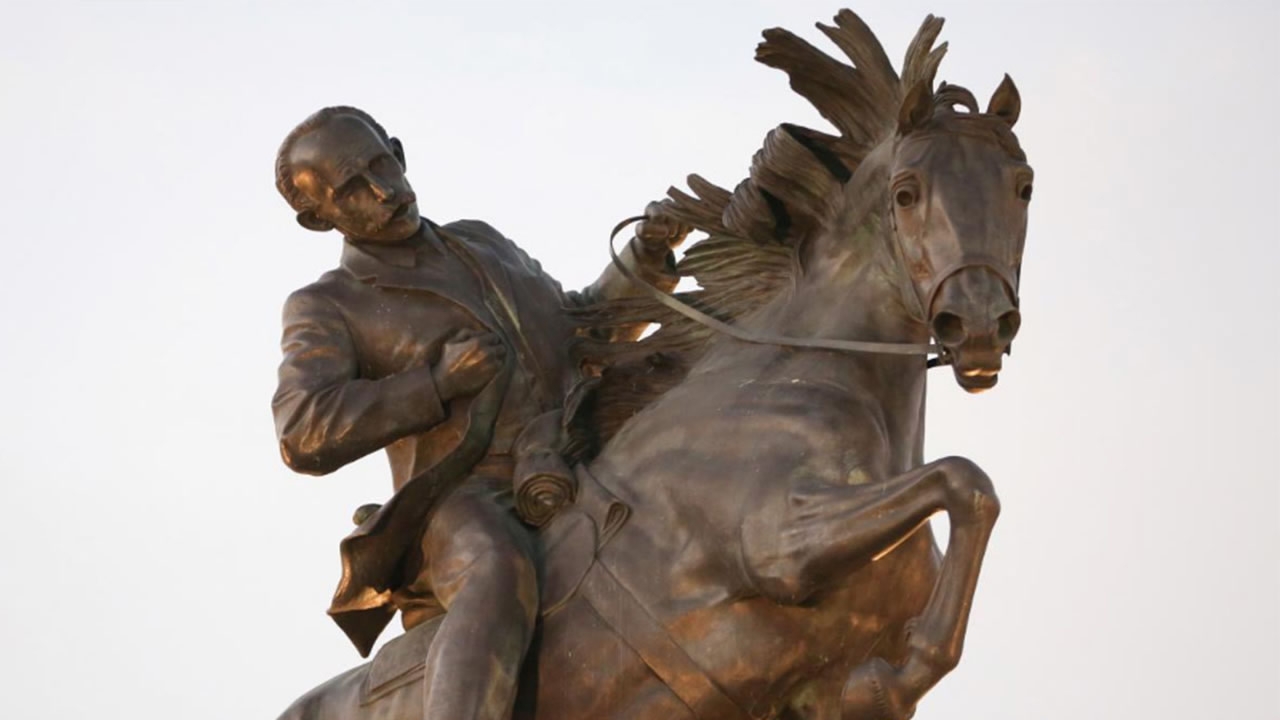
Politics
08:40, 30-Jan-2018
Cuba marks birthday of independence hero Jose Marti with gift from US donors
By Michael Voss

Every year on the night before the anniversary of Jose Marti’s birth, thousands of students hold a torchlight parade through the streets of Havana. Leading the march this year was Cuba’s 86-year-old President Raul Castro, dressed in military fatigues.
Jose Marti and Raul’s brother, Fidel, are Cuba’s two most important national heroes. The Castros view their revolution as a direct extension of Marti’s fight for independence.
On Sunday morning, Raul Castro reappeared, this time in a suit for the official unveiling of a giant statue of Marti.
It’s an exact replica of the six-meter-tall equestrian statue which has stood for decades at one of the entrances to New York’s Central Park.
The newly unveiled statue was a gift to Cuba, paid for by US donors as part of a fundraising drive by the Bronx Museum of the Arts in New York. Several US contributors were on hand for the dedication.
"Jose Marti has been a freedom fighter, that’s how people know him," said Jim Friedlander, of the Havana Heritage Foundation. "The statue is also a symbol of friendship between the United States and Cuba, and it’s really people to people. It is the people of the United States who gave money for this statue to be here in front of the presidential palace in Havana."
Marti spent many years in exile in the United States, and is admired throughout the Americas as one of the intellectual giants of the independence movement against Spain.
"To everyone listening, and to the noble people of North America, Cuba thanks you," said Havana City Historian Eusebio Leal. "Today, as we approach this monument, we pay tribute to those who made it possible for your ideas to prevail beyond death."
There was a large US presence at the ceremony despite President Donald Trump’s recent restraints on travel to Cuba. Dedicating the state to Jose Marti was a sign that there is still some US support for engagement with Cuba.

SITEMAP
Copyright © 2018 CGTN. Beijing ICP prepared NO.16065310-3
Copyright © 2018 CGTN. Beijing ICP prepared NO.16065310-3